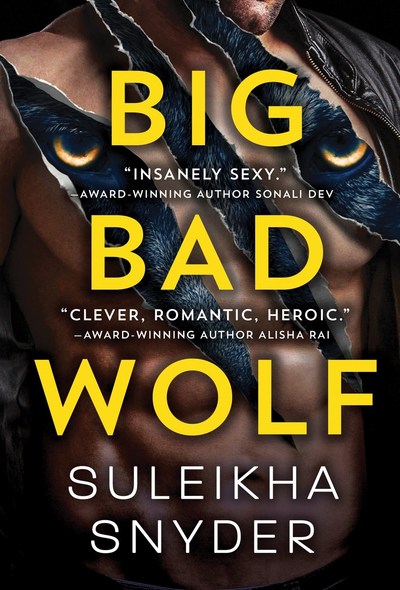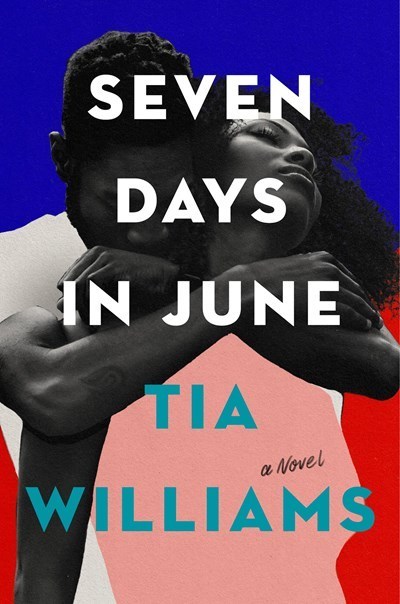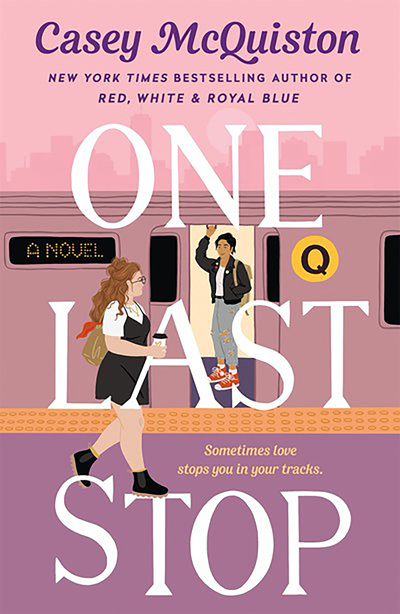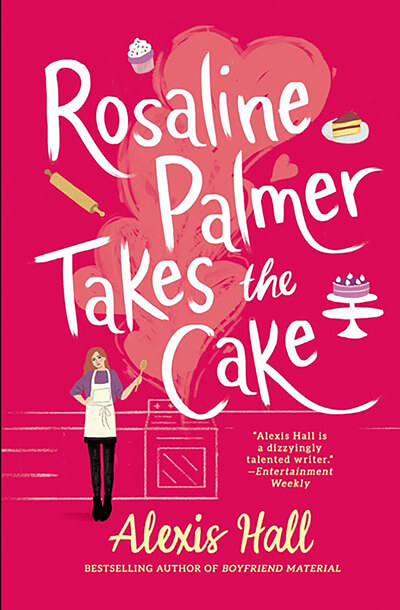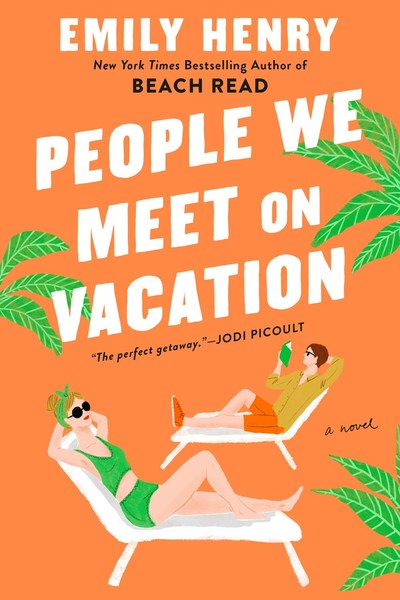Romance icon Beverly Jenkins concludes her Old West series with Tempest, a passionate, sweeping love story between a frontier physician and his mail-order bride. Regan Carmichael understands the dangers of traveling to the Wyoming Territory, and doesn’t hesitate to shoot a man she believes is trying to hijack her station wagon. That man turns out to be her intended, Dr. Colton Lee, who was attempting to rescue the coach from bandits. A dynamic woman who seeks equality in marriage is not what Colton had in mind when he set out to find a caretaker for his home and young daughter. But despite his initial shock at Regan’s behavior, he comes to appreciate her strength, and both explore what it would mean to forge a true partnership.
Many depictions of the Wild West have predominantly white characters, but in reality, the American frontier was extremely diverse. The Old West series tells the stories of people of color, and Jenkins has made a point of sharing the historical inspirations for her novels. In order to write a character such as Dr. Colton Lee, Jenkins researched the opportunities for African-American physicians in the 19th century and came across an incredible true story.
As a writer of historical romantic fiction, one of my pleasures is the research. Mining the works of historians such as Dr. Benjamin Quarles, Dorothy A. Sterling, James M. McPherson and others allows me to pepper my novels with documented facts and introduce readers to real life figures they may be unfamiliar with. In my newest release, Tempest, our hero is African-American physician Dr. Colton Lee. The story takes place in 19th century Wyoming, where Jim Crow and segregation were alive and well, so a writer must ask herself—where was he trained? That question took me to the medical school of Howard University, which opened its doors in 1868 with eight students and five faculty members. Among that faculty was the remarkable African-American physician, Dr. Alexander T. Augusta.
Born free in Norfolk, Virginia, in 1825, Augusta hoped to pursue his dreams of becoming a doctor by attending the University of Pennsylvania, only to be denied entrance. However, a member of the school’s faculty took the young black student under his wing and taught him privately. By 1850, Augusta and his Native American wife, Mary O. Burgoin, were living in Canada after he’d been accepted for study by the medical college at the University of Toronto. Upon receiving his M.B., he was appointed head of the Toronto City Hospital.
Back home in the states, the Civil War was raging, but black men weren’t officially allowed to fight for the Union until 1863. On April 14 of that year, Dr. Augusta became the first of eight black officers commissioned. Given the rank of major, he was appointed head surgeon of the 7th U.S. Colored Infantry, a tenure undermined by discrimination and disrespect. The average monthly pay for a major was one hundred and sixty-nine dollars. Major Augusta was initially paid seven dollars; a rate even lower than white privates, who earned thirteen. His letter to Senator Henry Wilson of Massachusetts solved the problem and resulted in him being compensated appropriately, but other issues remained. In Baltimore, while traveling to a meeting, Augusta was attacked by a mob who took exception to a man of his race wearing a uniform. Back on the war front, his white assistants, who were also surgeons, complained about taking orders from a black man. Rather than settling the matter in Augusta’s favor, President Lincoln transferred him to Camp Barker’s Freedman’s Hospital near Washington. But by war’s end, Augusta had been promoted to lieutenant colonel, making him the highest-ranking black officer of the time.
After his service, he led Lincoln Hospital in Savannah until 1868, and then moved to D.C. where he began private practice and taught at Howard medical school until 1877. During a number of those years, the school fell on hard times and was unable to pay its faculty. Augusta showed his dedication to his students by teaching for free. When he left Howard, he headed up D.C.’s Freedmen’s Hospital.
Despite the many lives he saved on the battlefield, his spotless military record and his stellar achievements before and after the war, the American Medical Association never recognized Dr. Augusta as a physician during his lifetime because of his race. Yet, he holds the title to many of our nation’s African-American firsts: first commissioned officer, first to teach at a U.S. medical school, first to lead a major hospital.
And there’s one more. When he died in 1890, he was the first black officer buried in Arlington National Cemetery.











